It’s necessary to understand the difficulties of generating electricity. The resources and their pollutions, the costly infrastructures for producing or transferring it, and the costs for repairing. So it's important to consume electricity efficiently. There're many devices which use massive amounts of electricity in time, like smartphones. And that makes Asia our target: Two of the largest smartphone user countries are in this continent. Our objective became designing a renewable energy generator device which can lower the energy consumption in Asia and World. And it must create the minimum amount of waste to avoid more pollution to natural environment, as well. EcoTwirl is a fidget spinner with the ability to produce electricity by spinning, reserve it on a removable, mercury-free, zinc-air battery in order to work as a power bank. Also, the device is 3D-printed from the compostable Polylactic Acid.
Long Description
In our opinion fidget spinner was a useless thing. A toy which is a waste of money, time, energy and material! And we wondered why people like it so much? So we used it and felt a relief and realized how relaxing it can be. So we came up with an idea: Why not transform kinetic energy into electricity? And save it for charging devices like smartphones?
In this way, we reduce the amount of electricity used to charge an everyday huge consumer devices, such as smartphones.
The concept follows kinetic chargeable batteries as the main design, in this specific case, the twirling or swinging types. Many devices has been designed by this method, but the problem was that this batteries can fly away and cause damages. So we integrated this design with fidget spinners for more efficiency and make it easier to use. Also, we used mercury-free, zinc-air battery, which is one of the eco-friendliest batteries, to work as power bank.
Another issue was the material. As we searched we came up with a material called Polylactic Acid or PLA, which is a biodegradable and compostable material. It is also 3D printable, which will save in construction time and material.
Instead of built in parts, we developed the design in a way that consist of removable parts, enable it to be fixed or changed. We recommend Ceramic hybrid bearing in order to achieve maximum spinning duration of the device and minimize the friction to produce more energy.

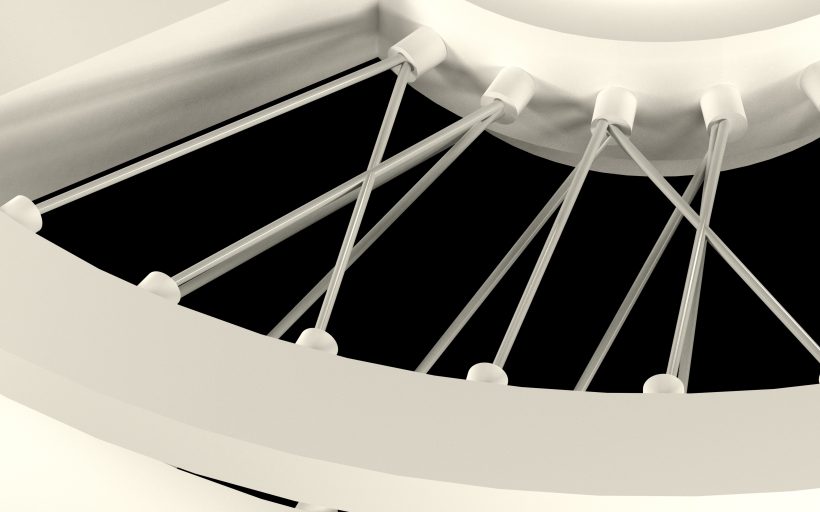
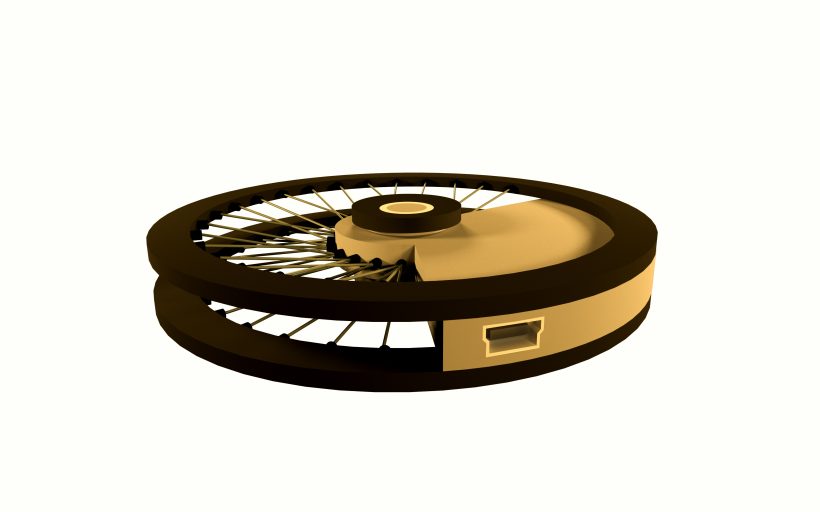

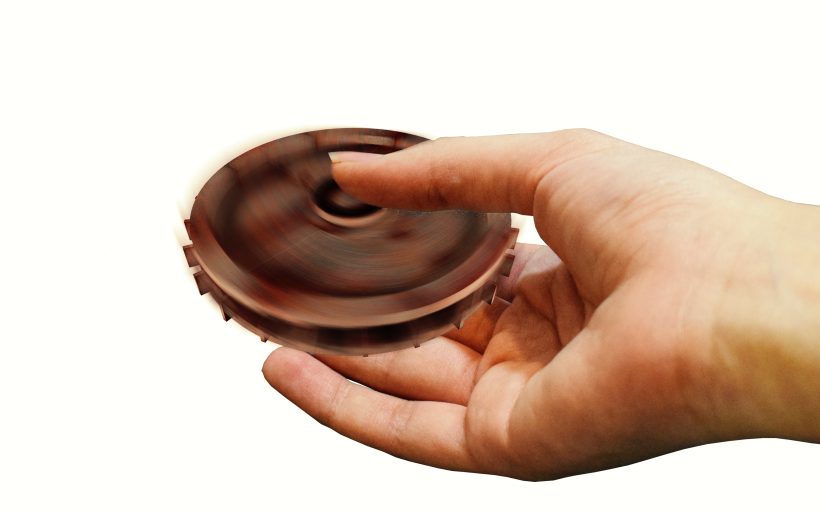

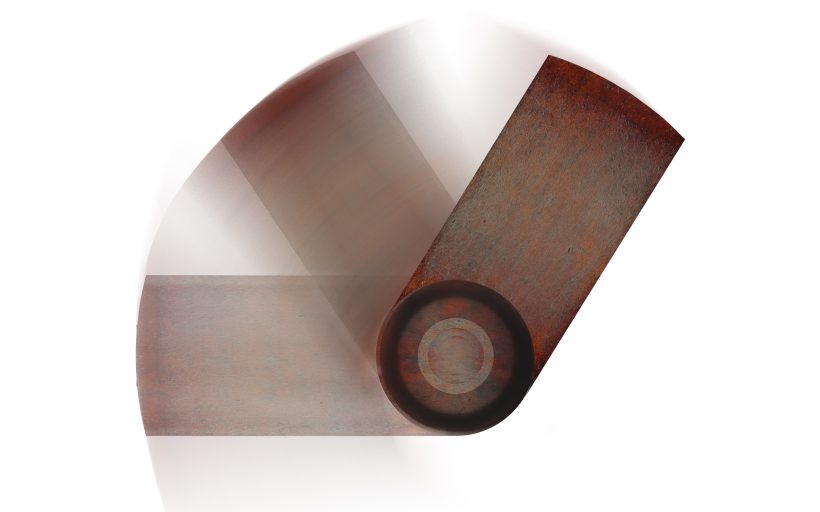
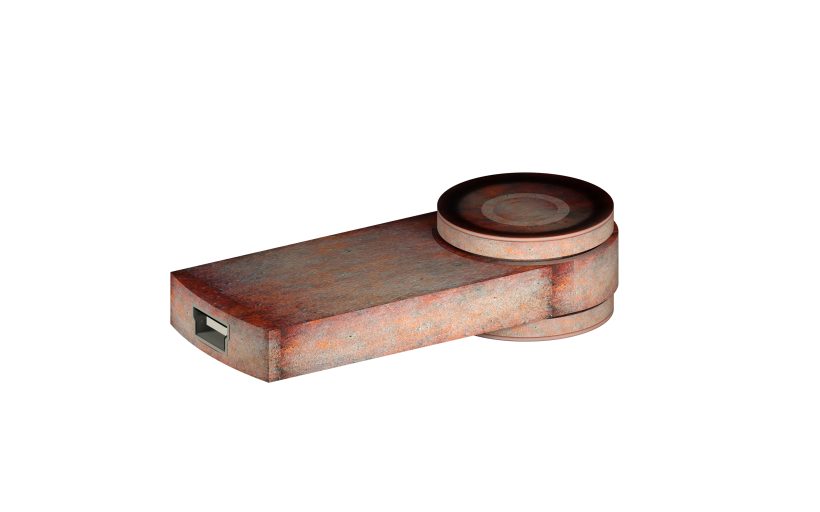
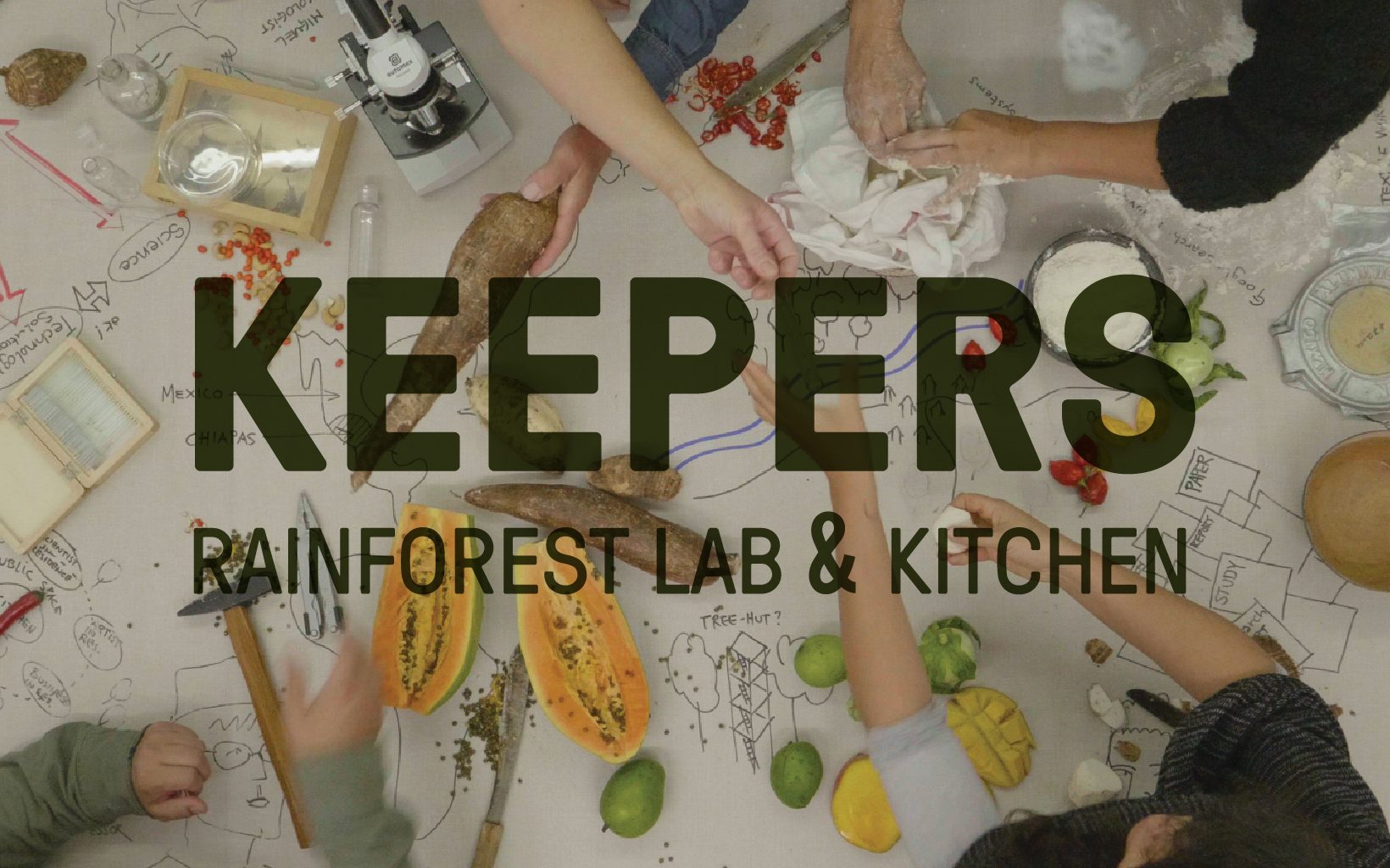

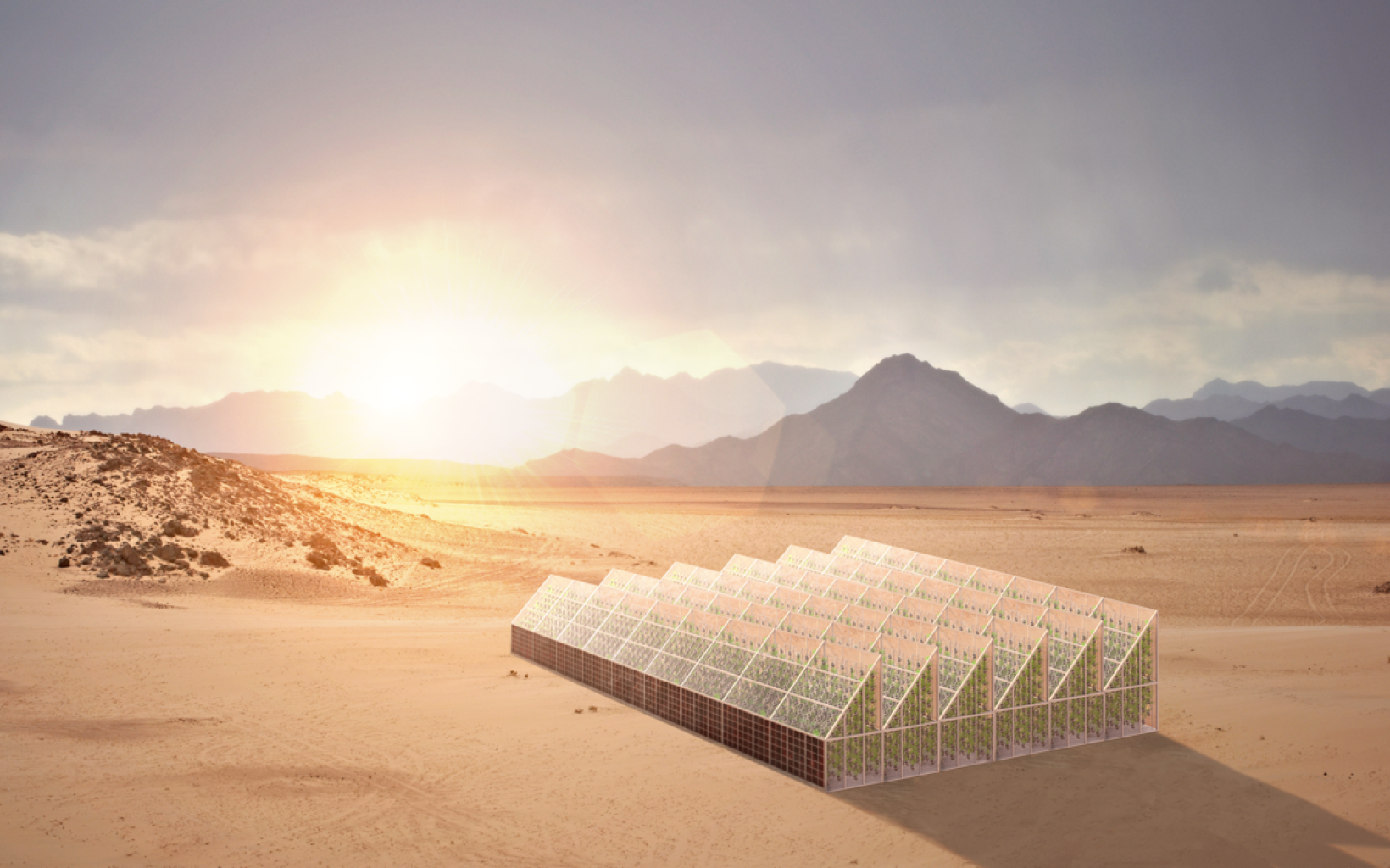
Share on social media.
Facebook
Twitter
LinkedIn
Mail